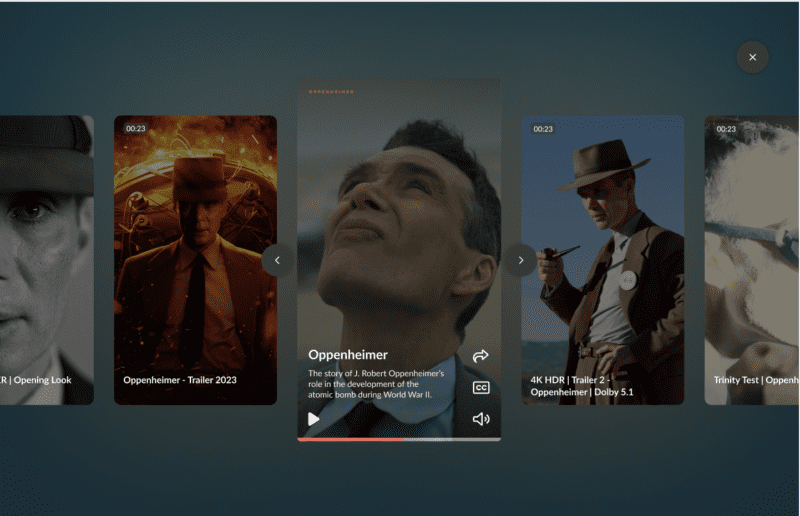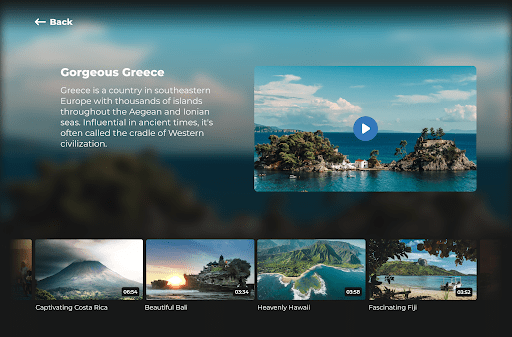75% of all videos seen worldwide are watched via mobile devices. It’s expected that this percentage will continue to increase in coming years with the development of better and faster mobile networks and devices.
More and more individuals choose to use an app to watch a video on their smartphone or tablet. Not only do viewers use video platform apps like YouTube and Netflix, they also use apps for newspapers and broadcasters.
The growing demand for video in apps is illustrated by the increasing number of Blue Billywig clients wanting to implement the HTML5 video player in their apps. With our native SDKs, users can quickly and easily add native videos to their iOS and Android apps.
What is a native app?
A native app is an app that you download form an app store on your smartphone or tablet and grants you immediate access after installation. Native apps are platform specific and the development process differs per model or operating system. An app for Android is built using different code than an app for iOS, for example. Native apps integrate directly with the operating system on the device, which improves their performance and gives a smoother user experience.
The benefits of a native SDK
For app developers, a native SDK means that the video player is easier to integrate and maintain in the native app. It also makes further development and the addition of new functionalities easier in the future.
For app users, it provides a more recognizable way of watching videos. In terms of form and functionality, the video player is comparable to other video players and provides the same smooth user experience that they are used to seeing elsewhere on their device. For example, our native SDKs support ChromeCast and AirPlay functionality, which allows users to stream video content to other devices.
SDKs constantly updated
The SDKs are constantly updated and new features that we develop for the web player will also be available for the native SDKs. Currently, the SDK is available for linear video, instream and outstream advertising. Support for interactivity will follow soon.
If you’re looking to get started with the native SDK, you can find the documentation here.
Find out how our platform can support your video strategy
Fill out the form and one of our video experts will happily show you around our platform and answer any questions you might have.



